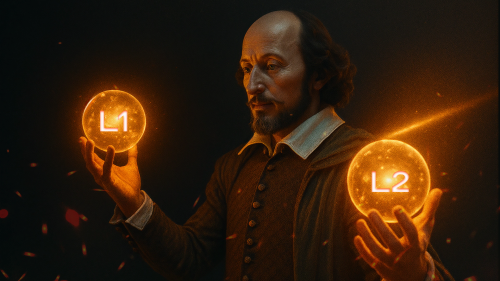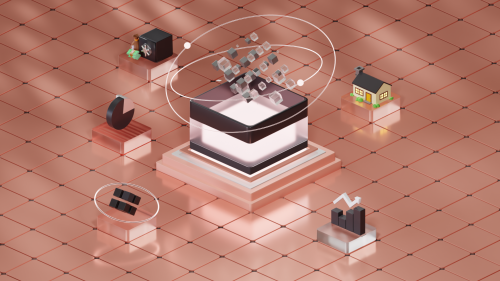Updated 13 Aug 2025
I found myself staring at a giant phallus at an art opening at the Museum Of Something in Chiang Mai, Thailand. It’s part of a self-portrait spanning a 10-meter canvas.
My research led me here. I had hoped to engage gallerists, artists, and collectors in a conversation about the intersection of art and blockchain. But standing before this bold artwork, a dialogue about blockchain felt out of place. The here and now was about Vasan Sitthiket’s work.
As the evening wore on, the rhythms of a band filled the air. Their lyrics questioned the prevailing beliefs that continue to divide us.
“Is it my fault that you were born in India? Is it my fault that you pray to Allah? Is it my fault you’re white?”
In that moment, all differences dissolved. Everyone became part of a celebration of unity.
This experience got me thinking about how it echoes the ethos of blockchain.
Just as Vasan’s art transcended societal divides, blockchain emerged as a borderless, inclusive network. Its very nature defied the limitations of nationality, religion, or ethnicity that we have imposed on ourselves.
This parallel made me wonder: Could the synergies between art and blockchain forge a path beyond their respective spheres? Could this technology not only support the art sector, but elevate it, mirroring the boundless unity I had witnessed, but on a global scale?
In fact, their intertwined history had already begun at the Seven on Seven conference in May 2014 at the New Museum of Contemporary Art in New York City.
The artist, the tech entrepreneur, and the first NFT
Seven on Seven pairs artists and technologists for a one-day session with a single goal: to create something new. In this story, the artist was Kevin McCoy and the tech entrepreneur was Anil Dash.
Five minutes into their introduction, they knew what problem they wanted to solve. In his 2014 Medium post titled A Bitcoin for Digital Art, Anil wrote:

After a long night, Anil and Kevin created the first prototype of a non-fungible token (NFT). But at the time, they called it a “monetized graphic”.
Quantum, the first NFT
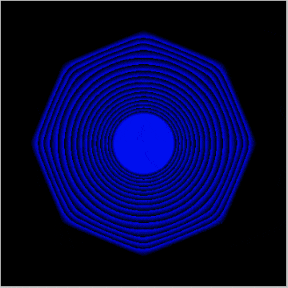
Artist: Kevin and Jennifer McCoy
Asset: Generative art (GIF)
No more copy and paste. The first scarce digital art was born. A decade later, innovative artists and art projects are embracing them to generate new revenue streams on the blockchain.
Let’s explore what makes NFTs revolutionary for digital art.
The power and properties of NFTs
NFTs are unique digital markers that represent ownership for both digital and physical items. They exist in the context of permissionless and immutable blockchains.
‘Permissionless’ means that anyone can access and participate in the blockchain economy, without the need for approval from a central authority.
‘Immutable’ guarantees that an NFT’s record is permanent and resistant to censorship.
You can manage NFTs through a blockchain or Web3 wallet, enabling the storage, sending, and receiving of NFTs. As users transact or mint (create) new NFTs, the blockchain records these activities. It thus maintains a clear history of creators and owners.
A Web3 wallet also opens the doors to the broader Web3 ecosystem. Here, artists and businesses can use their NFTs to sell art in decentralized marketplaces, showcase their work in digital galleries, or even use their creations as collateral in decentralized finance (DeFi) platforms.
Despite these new opportunities, however, many artists still face financial challenges. Exploring how NFTs can help them monetize their work is our next focus.
Intrinsic motivation doesn’t pay the bills, money does
Art is sacred. The prevailing idea is that commercial motivation and sacred work are incompatible.
In reality, most artists make commercial compromises. In the US, only 1 in 10 artists make art as a full-time job because of financial constraints. Artists struggle. But so do galleries. A few large galleries dominate the market, making it difficult for the rest to sustain themselves.
At the same time, art is booming. Works created by artists born after 1974 and sold at auction within three years of creation have appreciated more than 1,000%.
The dark side of speculation

It’s the artist’s and their galleries’ ongoing work that creates value after the early work changes hands. But resale royalties in the EU are modest. In the US, there are none. As a result, only collectors and speculators profit from the work.
The artist, however, often experiences the negative consequences of speculation. When valuations skyrocket and then plummet, interest in their new work tends to wane.
Well, we can’t stop speculators from speculating. But we can make artists and galleries the beneficiaries. Britain’s richest artist will know how.
New revenue streams through onchain resale royalties

For his project The Currency, Damien Hirst created 10,000 paintings. Together with HENI, a technology and art company, he then created the same number of NFT twins.
Buyers had to choose which version they wanted to keep, and which one to destroy. 5,149 opted for the physical artwork, 4,851 chose to keep the NFT.
The NFTs are now available on the secondary NFT marketplace OpenSea. For each NFT sold, the creator (HENI) receives a 5% resale royalty. It’s programmed and fully automated.
The currency

Artist: Damien Hirst
Asset: Paintings
Total NFT trade volume to date (November 22, 2023): 25,526 ETH (≈$51,000,000)
Creator earnings (5%): ≈$2,500,000
In theory, any artist could create their own NFT collection and royalty stream. In fact, many do. At the same time, this presents an opportunity for galleries to add value to their services.
Namely: Web3 onboarding and education, minting NFTs with embedded royalties, creating blockchain provenance and authenticity (more on that later), and helping artists become investors in their own work by allowing them to retain fractional ownership of their NFTs.
The bright side of speculation – fractional ownership
It’s simple. When artists and galleries retain fractional ownership of artwork, the value created after the initial sale trickles down to its source.
But fractional ownership also benefits collectors and investors. It allows them to diversify their portfolios across a wider range of works. It also makes portfolios more liquid. Selling a piece of physical art takes some effort; selling a digital token on a global NFT marketplace is effortless.
Monetizing digital art was the first use case for NFTs. But the intersection of the digital and physical art worlds presents even more exciting use cases. One is enabling provenance and verifiable authenticity, though this also presents complex challenges.
Mona Lisa – forever on the blockchain

Can we attach a physical artwork to an NFT to enable provenance and verifiable authenticity?
It depends. Projects like Tagsmart provide tags that link the physical to the digital world. But of course, it’s not that simple.
In 2018, Terence Eden, who at the time represented the British government at the World Wide Web Consortium, claimed to be the creator of the Mona Lisa.
He used Verisart, a platform for verifiable art authenticity, to create a blockchain certificate that is still stored on the blockchain — immutably.
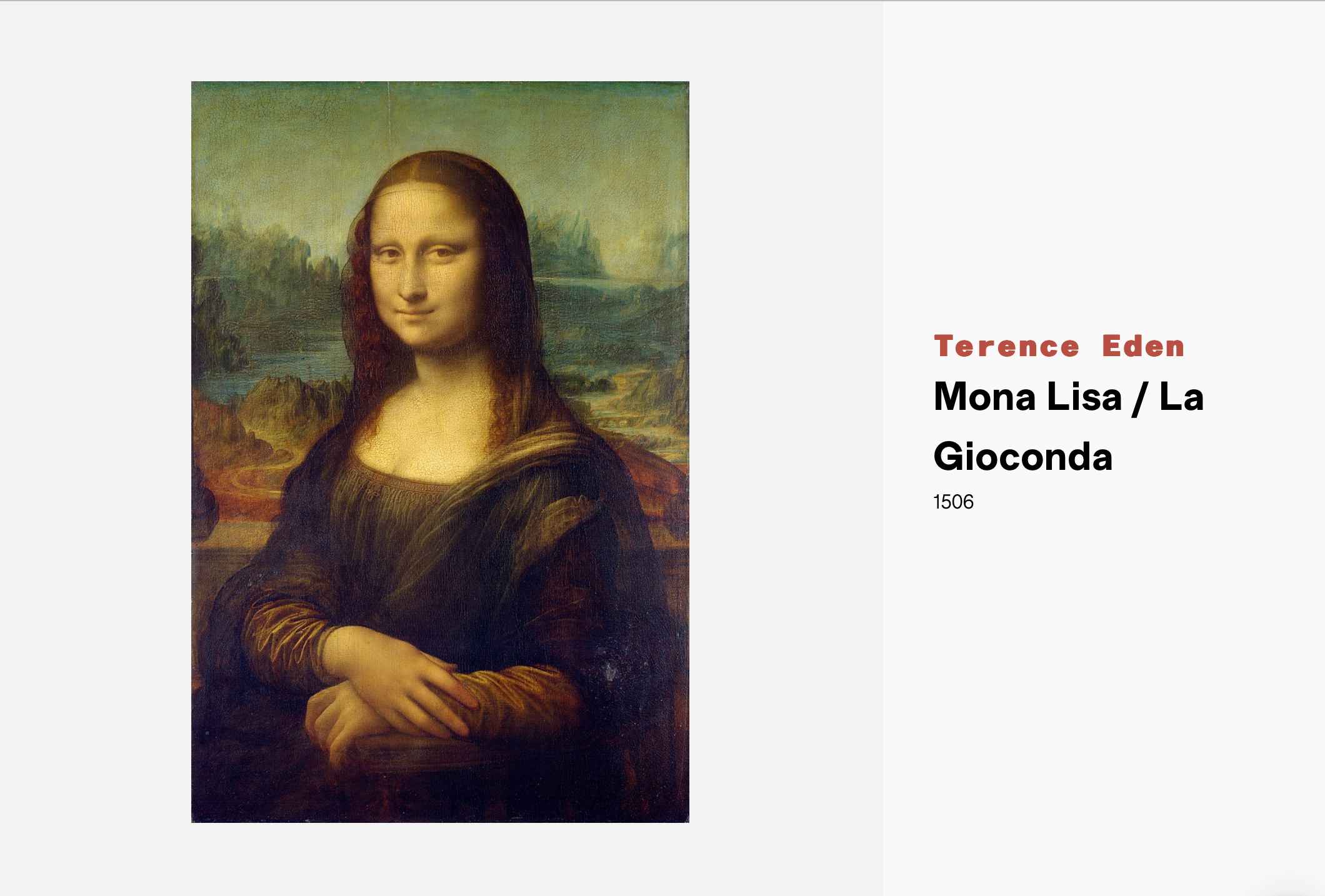
This incident sums up the challenge with blockchain certificates and NFTs: After an artwork leaves the creator’s possession, the creation of immutable art registries depends on centralized entities.

In this case, we rely on professional services to establish immutable provenance and authenticity. The reputation that these projects risk losing is what ensures the integrity of the artworks.
A pioneer in this field is Artory. Through certification and tokenization, the project offers its clients access to a liquid art market and financial ecosystem.
The whole process is easier for contemporary artists, who mint NFTs before their art changes hands. For them, blockchain enables provenance, verifiable authenticity, and lifelong royalties from their work.
This heralds a shift to a more artist-centric model. This raises the question of how galleries and museums will evolve in a decentralized art economy. Artpool and Arkive are two projects that have found an answer.
Artpool – the Web3 gallery

Artpool creates a network of curators, artists, and venues that facilitates crowdfunding and exhibitions.
Artpool integrates a dedicated NFT marketplace that provides collectors with a curated selection of art. Here, artists control royalties and intellectual property rights.
The project also advises businesses on incorporating NFTs into their brand development and marketing strategies. This service includes commissioning art for client engagement, curating both digital and physical art in various spaces for events or promotions, and developing NFT-based rewards programs.
Arkive – a decentralized museum

This ethos resonates with Arkive‘s mission.
Arkive, a global physical museum, is challenging traditional art curation by building a community-centric platform for curating and collecting cultural artifacts and artworks. Arkive members actively participate in discussions and vote on the acquisition of works, democratizing the selection process.
Central to Arkive’s future is its transformation into a decentralized autonomous organization (DAO). DAOs use the blockchain to implement a management system based on collective decision-making. This system immutably records member votes and rewards participation.
A quick note on the imperative of decentralization
The story of art throughout history is one of vulnerability and loss. The Nazi regime’s theft of some 650,000 artworks, many from Jewish families, to finance its war effort is a stark reminder. Thousands of these pieces remain unreturned, their rightful ownership nothing more than a lingering question.
What if someone had recorded these artworks in an immutable ledger? While a blockchain can’t protect physical art from erasure, it ensures that no dictator can erase or alter the legacy of digital artists.
This is more than a historical what-if; it’s a lesson for the future.
OM – the open Metaverse: A utopia for artists

From the lessons of the past, we turn to the future, where a small team around Punk6529, a Web3 thought leader and digital art collector, is building a decentralized Open Metaverse (OM).
If you’re trying to recall your definition of a metaverse right now, we’ve got you covered with this visual walkthrough.
Unlike centralized models like Meta’s, Punk6529 envisions OM as a metaverse built on and protected by blockchain. This means it’s free from the constraints of authoritarian control, composable and interoperable, just like an email protocol.
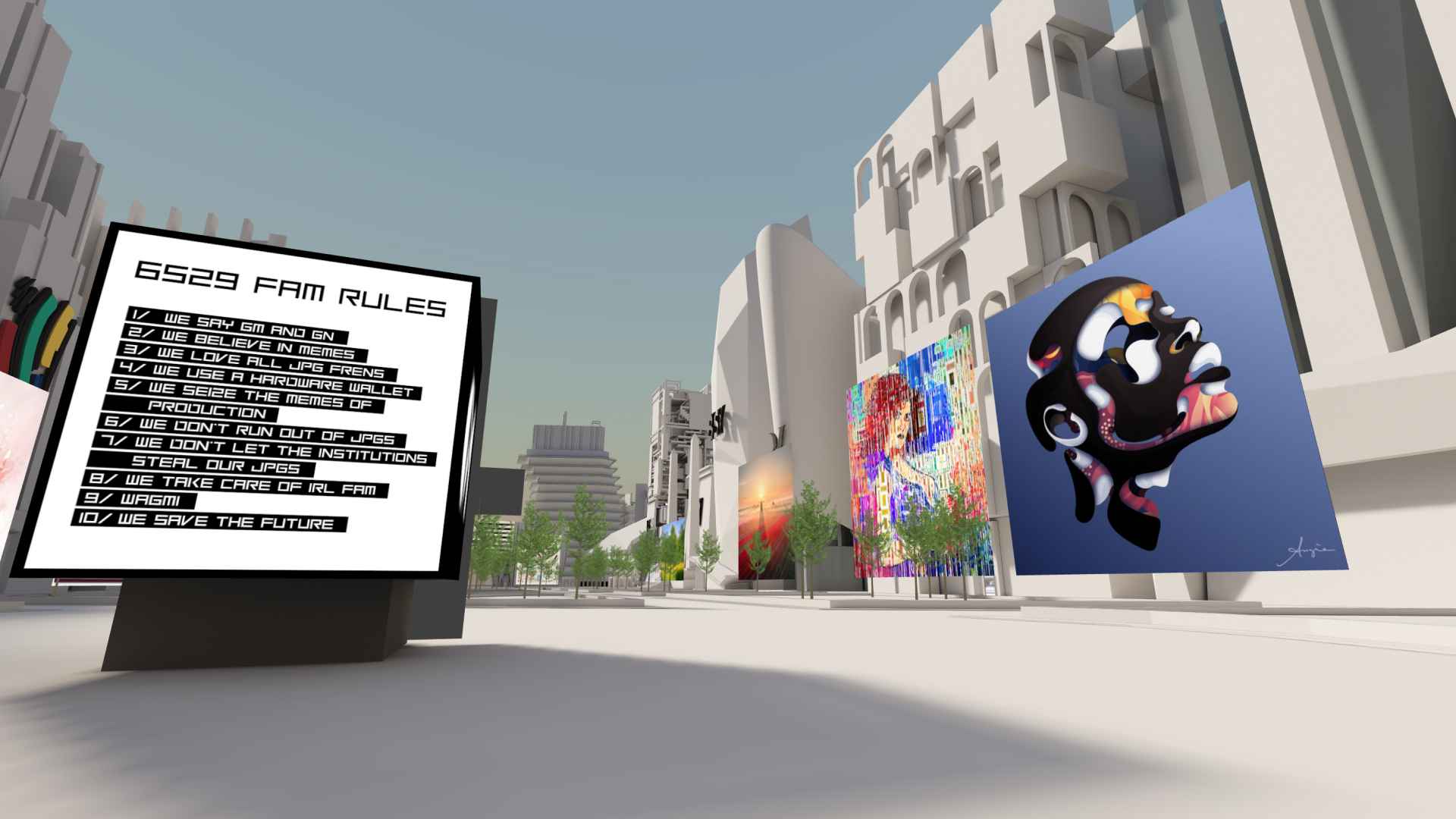
OM is still in its infancy. And it is not yet bridging the virtual and physical worlds. But you can already visit it’s Genesis City and the 6529 Museum District, which features one of the largest NFT collections on the blockchain. By stepping through this virtual portal, you witness the dawn of what could become an artist’s utopia, and the future of galleries and museums.
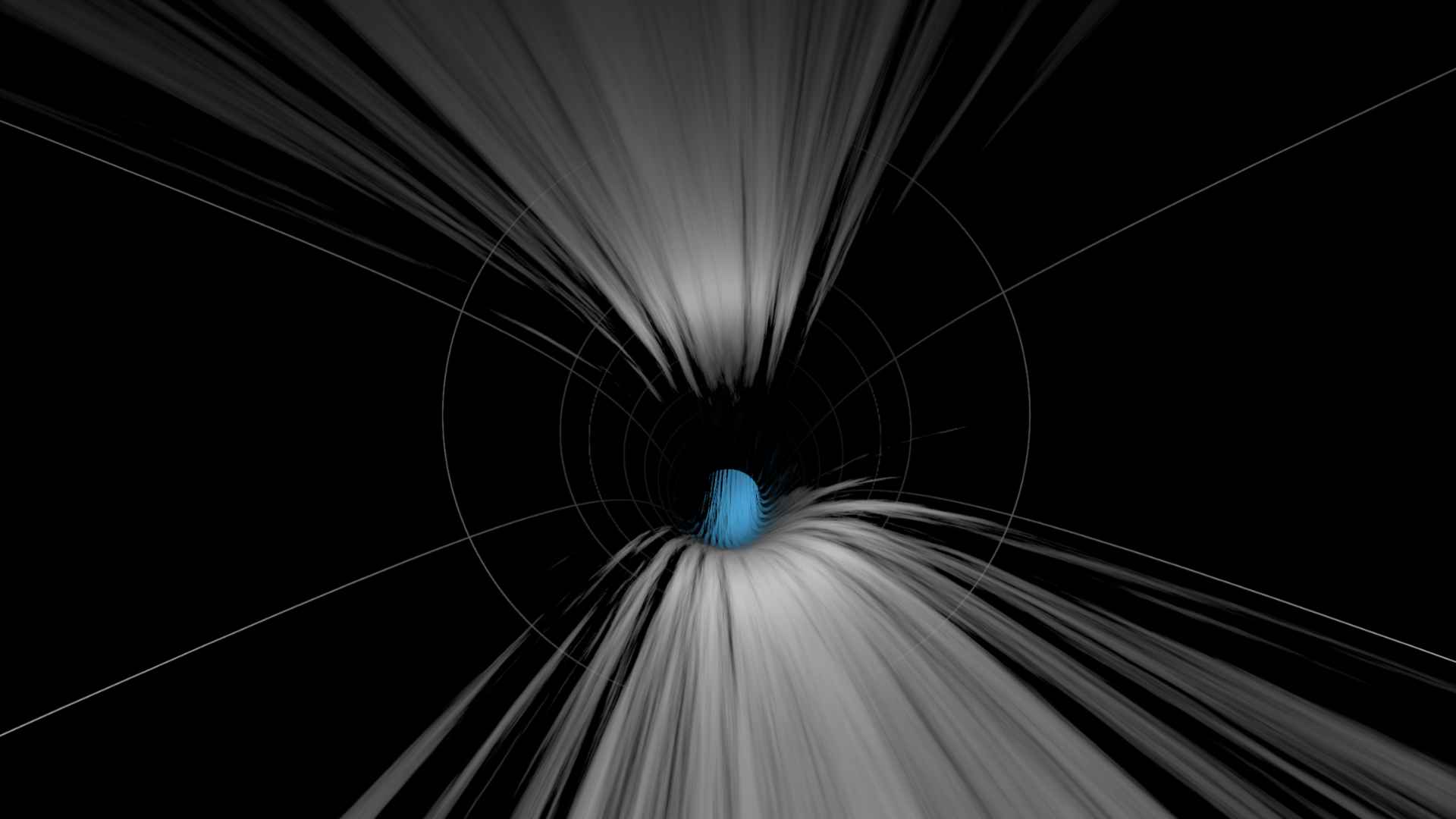
May the force be with us
Blockchain is changing the art world. It offers artists, galleries, museums, curators, and collectors new ways to connect, create, and share value. It makes the monetization of art elegant and fair, while acting as a bulwark against political censorship. But there is more at stake.
As we’ve seen, art, technology, politics, and philosophy evolve interdependently. And the convergence of technology and art is more than innovative; it’s a cultural and philosophical awakening.
If we get it right, an utopian world awaits us, where your nationality, religion and skin color fade into irrelevance.
And if unity is our destination, blockchain will be the ride.
